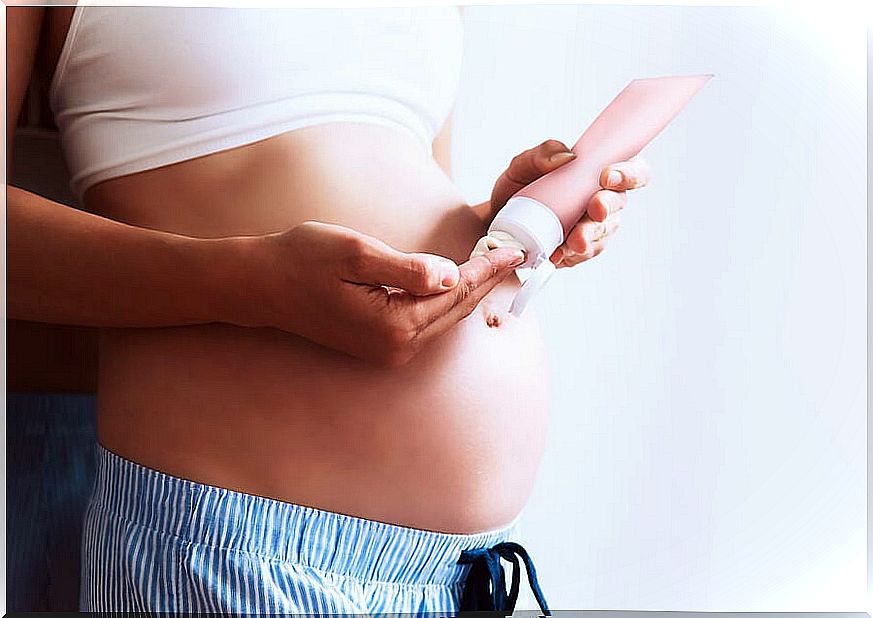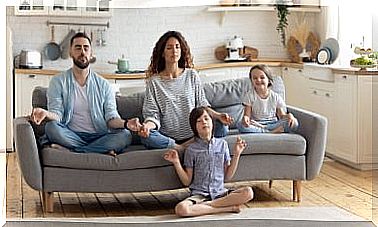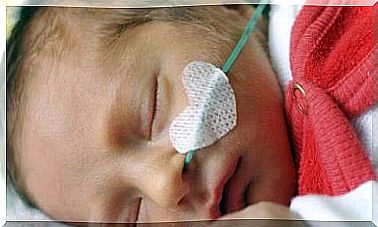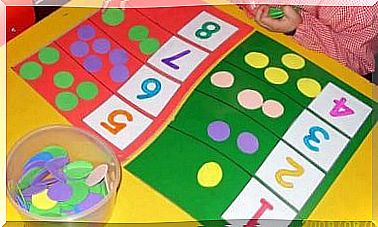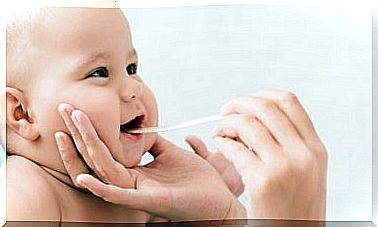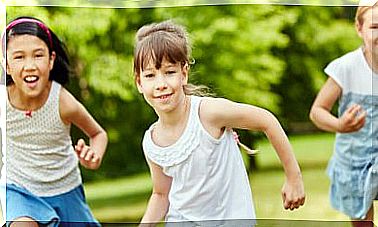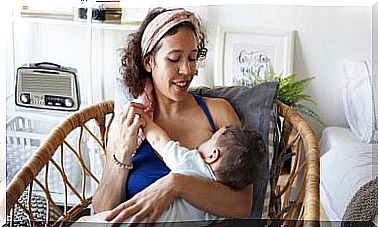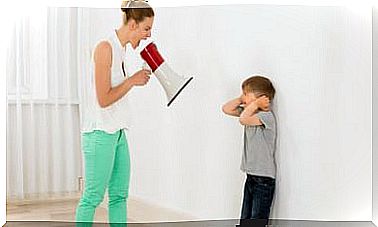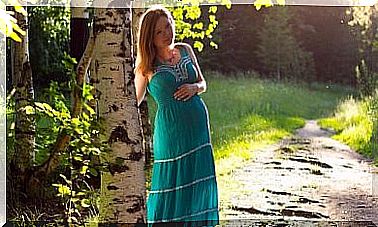Interview With Rocío Gil Redondo: “in The Case Of Acne, There Are No Magic Solutions”
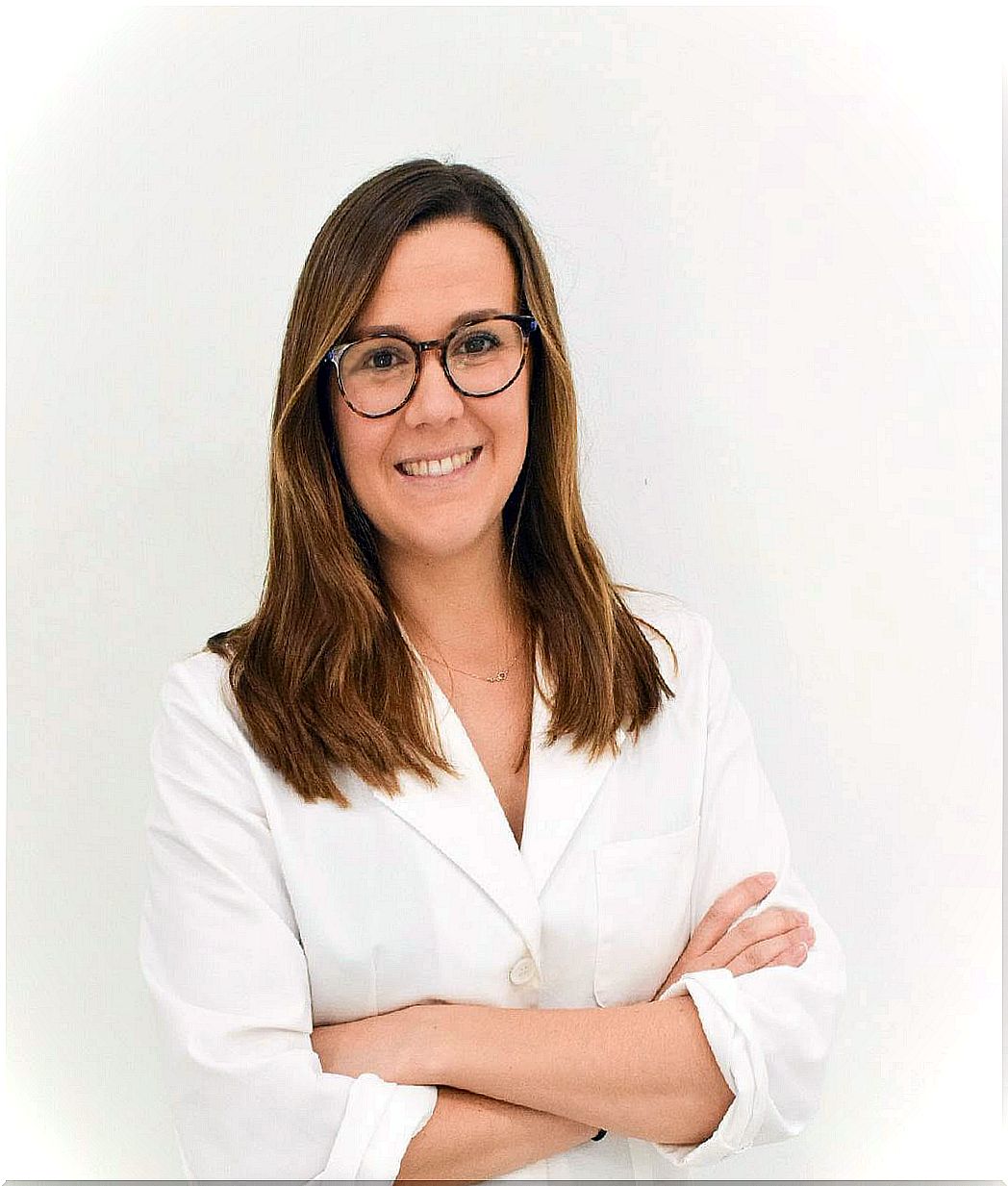
The skin is the largest organ in the body and, although it may not seem like it, it needs certain daily care. However, in general, this is not usually given as much attention. In fact, there are people who consider that they should only apply certain measures when acne is present or the skin has a bad appearance.
The truth is that you don’t only have to take care of your skin when it shows signs of dryness, acne, blemishes or other imperfections. The ideal thing would be to take care of it regularly, through some simple habits, such as washing with a suitable soap or applying sun protection.
While there are people who begin to take care of their skin from adolescence, others hardly realize the importance of using sunscreen daily or applying a moisturizer regularly until they begin to show signs of aging.
Interview with Rocío Gil
Rocío Gil Redondo, a dermatologist, explains that the ideal would be for skin care to be integrated into the routine from childhood.
Additionally, he comments that when it comes to treating acne, there are no magic solutions since it is a complex disease, therefore, it is best to go to a dermatologist and follow their instructions.
Q. What types of acne are there? Is it true that we can prevent it in any way or just treat it?
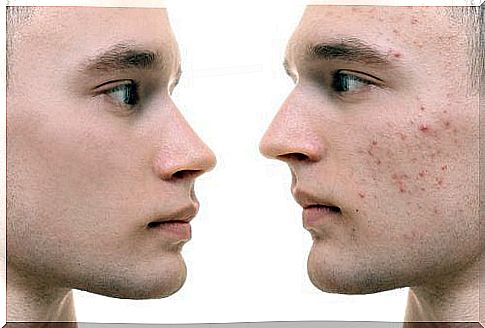
There are different types of acne. On the one hand, there is comedonian acne, in which open comedo (“blackhead”) and closed comedo (“pimples”) type lesions predominate. Then there is papulopustular acne in which red pimples with and without a white tip (pustules) predominate. Finally we have nodule cystic acne that produces painful subcutaneous inflamed lesions.
There are ways to prevent the appearance of more lesions in patients with a tendency to acne, such as the application of specific hydration and cleaning products, the abandonment of tobacco consumption, avoiding diets with a lot of milk content or with a high glycemic index, avoiding the use of comedogenic creams or makeup… However, once the disease is established, additional measures are usually necessary to combat it.
Q. Is there a magic solution to combat it?
Unfortunately there are no magic solutions, it is about avoiding the associated factors that have been shown to favor the appearance of injuries and treating it when necessary.
Q. And with brands, what can we do?
For the treatment of scars there are different therapeutic options such as chemical peels , laser, dermabrasion and biophotonic therapy, which also treats active lesions. In mild cases, they can be improved with creams that contain glycolic acid or some retinoid.
Note: according to the MSD Manual, often, the failure of acne treatment can be lack of adherence to the treatment plan and lack of follow-up.
Q. What skin care should we incorporate into our daily routine?
It is advisable to perform a daily skin wash and hydration with products suitable for our skin type. In addition, good photoprotection is recommended to prevent skin cancer and photoaging.
Q. It is said that certain foods contribute to more acne, should we avoid any in particular?
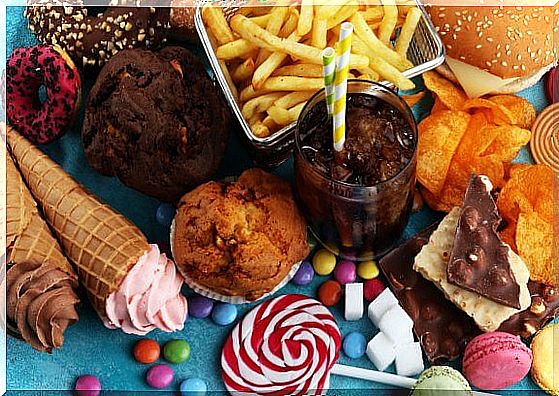
Recent studies have found that diets high in milk, especially skimmed milk, as well as the protein shakes that many people take to train and diets with a high glycemic index may make acne worse.
In general, in these cases it is recommended to avoid protein shakes, make a more moderate consumption of milk and a healthy and balanced diet.
P. We are all concerned about the appearance of our skin, but during adolescence the attention to personal image becomes more evident. How can acne affect a teenager’s self-esteem?
Acne can negatively affect adolescents due to the aesthetic alteration caused by both active lesions and residual scars. This can produce a feeling of shame or fear of teasing from other peers, which can affect the adolescent’s social life.
Q. It seems that women care more about physical appearance, skin care, etc. Are these differences real? Is it true that more women come to consultations for these kinds of concerns or is it just a cliché?
Classically, it was women who cared more about skin care, but the reality is that there are more and more men who perform skin care and who consult for aesthetic aspects of dermatology.
Q. To finish, do you have any tips to teach skin and body care from childhood?
Children must be accustomed to applying body and facial moisturizing cream in cases of dry skin, which is very common in children, in addition to using sunscreen when they go to the beach, the pool or on an excursion. This will make it easier for them to incorporate it into their routine throughout life.
